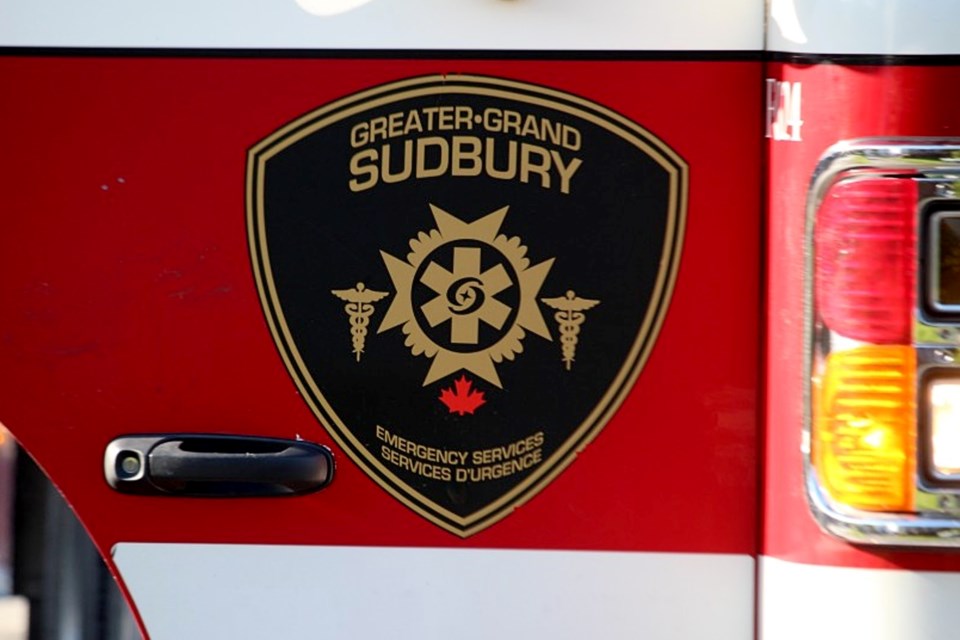The city’s potential consolidation of fire/paramedic stations remains in the fact-finding stage as a series of public meetings and infrastructure analysis takes place.
Times for the series of public meetings have yet to be announced, though city Communications and Community Engagement director Marie Litalien clarified during a recent meeting they will begin by the end of February, with “plenty of notification to the public.”
These meetings will largely take place at fire stations affected by the proposed consolidations, and will include those at Falconbridge, Val Caron, Hanmer, Beaver Lake, Wahnapitae, Coniston and Copper Cliff.
A location in Minnow Lake will also be organized, while a combined open house to cover Lively and Waters will be held in Waters, and the Skead Community Centre will fill in for the closed Skead station, and the Dowling Leisure Centre will fill in for the closed Vermillion Lake station.
Meanwhile, there has been pushback to the sweeping changes proposed by the city, which draws from recommendations in an Operational Research in Health Ltd. report which includes several fire/paramedic station consolidations.
Ward 7 Coun. Natalie Labbée recently tabled a 417-name petition “and growing” from Skead residents aiming to save their fire station.
“We believe the closure of our fire hall would significantly impact the responsiveness of local fire/emergency services, put lives and our properties at greater risk,” she said, relaying the petition to city council.
The Skead station has not been in operation since 2022 following structural damage, and staff have been reporting to the Garson station. Staff recommended this consolidation to be made permanent, but city council has deferred any decisions until later this year.
There’s an expectation that at least four firefighters should respond on an engine unit to each call, and an average of only one volunteer member responded to calls in Skead from 2017-2020. This means additional fire stations have already been required to respond to calls in Skead, even years prior to the station’s tentatively temporary closure.
In event Operational Research in Health Ltd.’s recommendations were followed through with, 90th percentile response times in Skead would decrease by nine seconds, according to their report. The city’s overall response times would reduce by an average of 10 seconds.
Meanwhile, the city plans on digging deep into the state of their aging fire/paramedic department buildings and the projected costs associated with doing something about them.
On Feb. 13, the city published a request for proposals titled “Community Safety Station Revitalization - Architectural Financial Analysis,” which closes March 8.
The project, budgeted at approximately $100,000, follows through on a successful motion by Mayor Paul Lefebvre for the city to draft a report on the financial implications of a few options:
- Status quo, wherein all existing stations receive the current level of maintenance.
- Existing footprint, where all current stations are repaired and renovated as required to fulfill expectations associated with emergency services legislation and service requirements.
- Changed footprint, where in accordance with the recommendations presented, a combination of renonations and consolidations occur to the city’s fire and paramedic stations.
The successful proponent is expected to deliver a presentation to city council on the cost estimates of the three options on June 27, according to the request for proposals document. The proponent’s construction costs estimate is to be submitted to the city no later than May 26.
Whichever scenario the city ends up settling on, the document notes their intention is to “perform the future overall improvements over a 10- to 15-year range of time.”
The intent, the document adds, “is to provide high-level order of magnitude of potential costs to provide repairs, refurbishments or renewals, while maintaining existing level of service to the community.”
Tyler Clarke covers city hall and political affairs for Sudbury.com.
